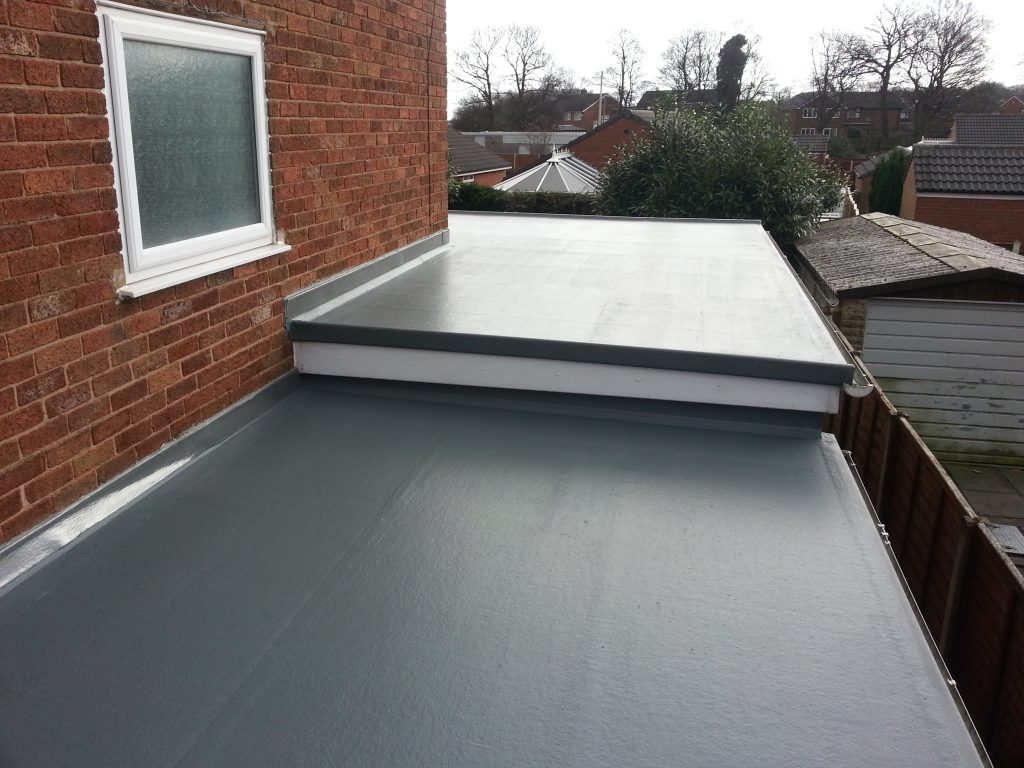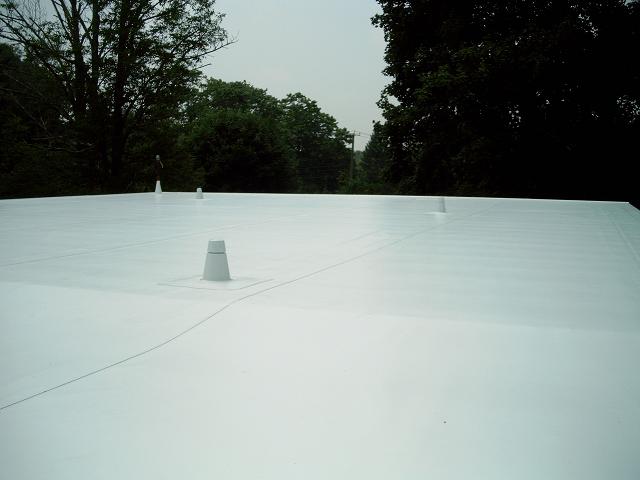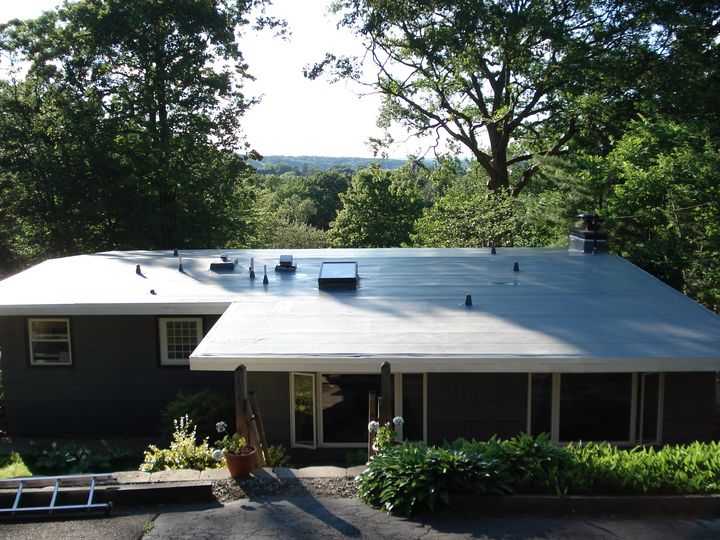Choosing the ideal roofing material for a flat roof can be challenging due to limited yet extensive choices. Unlike traditional roofing materials such as asphalt shingles, tiles, and metal, the options for flat roofs include PVC, TPO, EPDM rubber, BUR, and more, each presenting unique advantages and disadvantages.
 credits: GenTile
credits: GenTile
Roof Slope Dictates What Materials are Suitable
Why don’t traditional roofing materials work on flat roofs? Although theoretically you could try using shingles or tiles on a flat roof, that would almost certainly result in an immediate roof failure with numerous leaks!
Sloped roofing systems like shingles and concrete or clay tiles are designed to shed away rainwater, relying on overlapping layers that work alongside the roof’s slope to shed rainwater and snow.
Flat roofs, on the other hand, have minimal to zero pitch. If you were to try using traditional water-shedding materials like shingles, the lack of roof slope would allow rainwater to seep beneath the shingles or tiles, rotting the substrate and causing interior leaks.
 Asphalt Shingles
Asphalt Shingles
$8,500 Average Cost |
 Metal Roof
Metal Roof
$15,500 Average Cost |
 Flat Roof Membrane
Flat Roof Membrane
$11,500 Average Cost |
|
|
||
Interestingly, most flat roofs aren’t completely flat but have a low slope to divert rainwater away from the roof, ensuring good water drainage and preventing any unwanted water accumulation, which could lead to premature leaks.
Covering a flat roof requires a different set of skills compared to pitched roofs, especially when it comes to ensuring the integrity and longevity of the flat roof membrane seams.
Water, especially standing or pooling water, is the most significant threat to any poorly sealed seams in a roofing membrane. In fact, most flat roof leaks are caused by either poorly sealed membrane seams (on newer roofs) or the old membrane seams coming apart (often due to freeze-and-thaw cycles), allowing water to infiltrate the roof.
The takeaway here is that flat roofs must either be impenetrable to standing water or have a well-functioning drainage system to prevent the accumulation of water (pooling). One can either physically cover an object to make it water-resistant (like a tarp) or apply a barrier coating (like deck stain or lacquer). Similarly, flat roofs can be covered physically with materials like PVC or EPDM rubber membrane or coated with tar or spray-on silicone.
Flat Roof Installation Cost:
Flat roof replacement costs usually range from $7.50 to $14.50 per square foot with one of these systems: EPDM, TPO, or PVC membrane. The cost fluctuates based on the type of roofing material, removal and disposal of the old roof, number of layers, roof deck condition, additional required repairs, desired insulation level, presence of parapet walls and skylights, roof accessibility, and home location.
A typical residential flat roof measures between 1,000 and 1,500 square feet, giving you a total replacement cost range of $7,500 to $21,750.
 See what local pros charge
See what local pros charge

